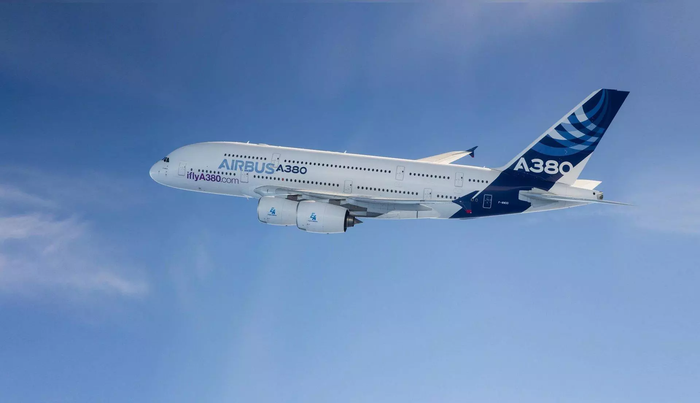
Connects decision-makers and solutions creators to what's next in quantum computing
Army Improves Convoy Logistics with Quantum Computing in Australia
Q-CTRL demonstrates route optimization using its Fire Opal software

The Australian Army has improved its convoy logistics thanks to a quantum route optimization demonstration by quantum control engineering company Q-CTRL.
Q-CTRL used its Fire Opal quantum algorithm software to improve the performance of quantum computers. This enabled the army to test and validate a quantum computing solution on real hardware that promises to outperform their existing methods.
As Gen. John J. Pershing said during World War I: "Infantry wins battles, logistics wins wars.” However, getting the right personnel and equipment to where they are needed safely in a combat situation is a complex problem with constantly shifting parameters.
Determining how and when to deploy 120 convoys across just a few route options can take a month of classical computing time, despite these needing real-time results. The Australian Army is exploring quantum computing as a way of solving these sorts of optimization problems and asked Q-CTRL to prove that quantum computing has the potential to help.
The trial was part of the real-life Exercise Talisman Sabre, the largest combined training activity between the Australian Defense Force and the U.S. military. It aimed to optimize the departure schedules and routes of 5,000 convoys.
Previous exercises using quantum computing had been hampered by limitations due to noise, errors and processing power. According to Q-CTRL, its products make it easier to test prototype quantum optimization solutions and achieve meaningful results despite the limitations of current quantum hardware.
Q-CTRL used a hybrid quantum-classical algorithm, dividing the 5,000 vehicles into convoys composed of ten and using a new hardware-optimized method to make the most of current quantum power.
It reduced the total deployment duration by more than two hours compared to the benchmark solver, a 10% improvement. It meant that all the convoys were able to reach their destination before midnight, instead of still being on the road at past 1 a.m.
The results of this exercise will contribute to the Australian Army’s roadmap toward implementing quantum computing for practical use cases.
“Optimally routing 120 convoys can take more than a month of classical computation,” said Australian Army Lieutenant Colonel Marcus Doherty, SO1 Quantum Technologies.
“The Australian Army is evaluating the potential of quantum computing to provide improvements; however, it’s been difficult to validate the feasibility of a quantum solution due to hardware noise. With Fire Opal, an algorithmic enhancement software, we are able to achieve results on quantum computers that build confidence in our quantum roadmap.”
Read more about:
AsiaAbout the Author
You May Also Like
.png?width=100&auto=webp&quality=80&disable=upscale)
.png?width=400&auto=webp&quality=80&disable=upscale)




